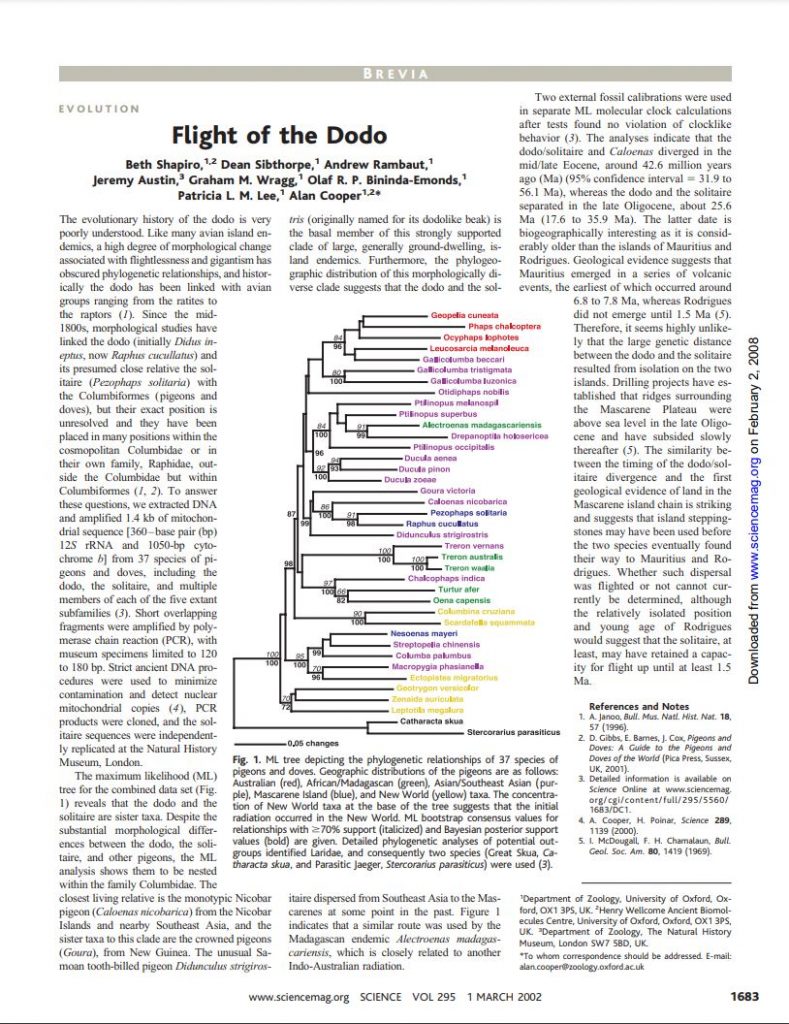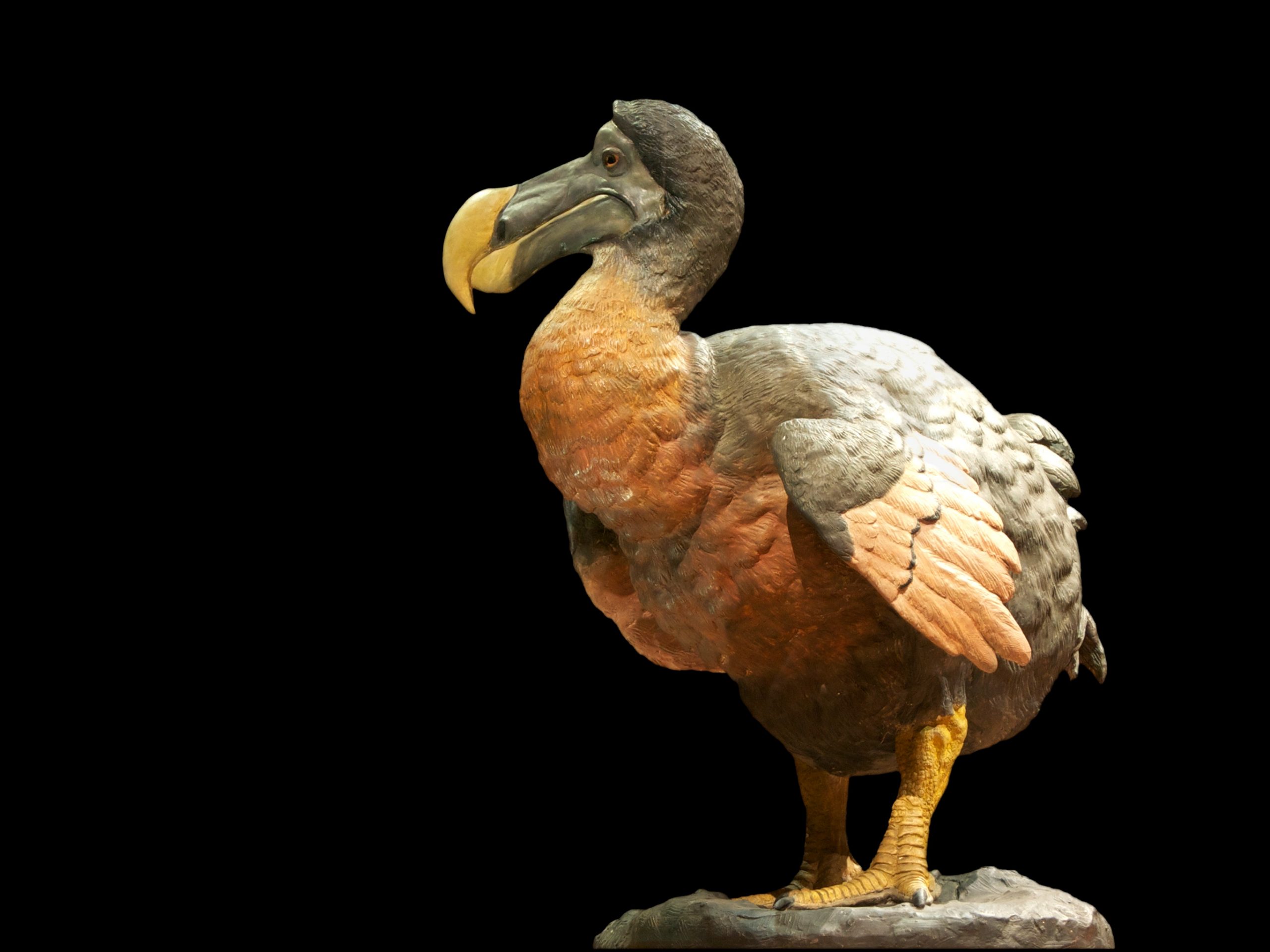 he Dodo bird is the first animal species recorded in history to be made extinct by humans, therefore it is our job to bring it back. Although this may seem impossible, the technology present in this day and age has shown us that there is no impossible. Colossal Biosciences, the headline-grabbing, venture-capital-funded de-extinction research powerhouse, announced plans to bring back the dodo on January 31. It’s debatable whether “resurrecting” a resemblance of the extinct flightless bird is possible.
he Dodo bird is the first animal species recorded in history to be made extinct by humans, therefore it is our job to bring it back. Although this may seem impossible, the technology present in this day and age has shown us that there is no impossible. Colossal Biosciences, the headline-grabbing, venture-capital-funded de-extinction research powerhouse, announced plans to bring back the dodo on January 31. It’s debatable whether “resurrecting” a resemblance of the extinct flightless bird is possible.
The company, founded in 2021 by internet entrepreneur Ben Lamm and Harvard University scientist George Church, initially stated that it would recreate the mammoth. A year later, it announced a similar initiative for the thylacine, also known as the Tasmanian tiger. With the formation of a new Avian Genomics Group and an additional investment of $150 million, the long-extinct dodo has joined the ranks.
History of the Dodo Bird
It is thought that the Dodo bird knew nothing about predators since its inception because it was never hunted until humans arrived in Mauritius.
During the 17th century, France, Britain, and the Netherlands colonized the islands of Mauritius. It is reported that the last Dodo bird died in the same century. Because there wasn’t much wildlife to eat on the islands, many of the colonizers had the Dodo birds slaughtered for food. Numerous of them died as their home was drastically altered by colonizers, who cut down many trees and plants to make way for houses and other structures.
According to Paleontologist Julian Hume of the National Museum of History in the United Kingdom, the extinction of the Dodo bird was caused by the exploitation of the islands, which simply made the ecosystem untenable for the Dodo birds to dwell in. If you are interested to find out more about the history of this magnificent bird have a look at this article:
De-Extinction of the Dodo Bird
Shapiro, an ecology and evolutionary biology professor at the University of California, Santa Cruz, has been studying the dodo since paleogenetics was in its infancy. She published a paper in Science in 2002 revealing how her team recovered a little bit of the bird’s mitochondrial DNA (mtDNA)—the DNA inside tiny organelles called mitochondria that is passed down from mother to offspring. The Nicobar pigeon was the dodo’s closest living relative, according to that piece of mtDNA. Then, in 2022, Shapiro stated that her team at the University of California, Santa Cruz, had rebuilt the dodo’s whole genome.

Though the route from mtDNA to genome took decades, the journey from genome to live, breathing mammal is considerably more difficult, comprising a massive, interconnected set of exceedingly complicated challenges. A species might theoretically be resurrected by cloning DNA from a residual cell. In actuality, this has been impossible to achieve, owing to the lack of viable DNA.
Most de-extinction initiatives use genetic engineering to build a proxy of an extinct animal by modifying the genome of a closely related living species to replicate the target species’ DNA. The modified genome would next be transplanted into an egg cell from a related species and allowed to develop.
The dodo’s demise is “not a solution to the extinction catastrophe,” according to Shapiro. “Extinction is permanent.” However, she says that by investigating the subject of dodo extinction, Colossal Biosciences is also developing urgently needed tools for avian genomics, including the genetic rescue of currently threatened species, such as editing genetic variety back into a reduced, threatened bird population. In this sense, a dodo from the twenty-first century may help all avian conservation efforts.
Avid Writer with invaluable knowledge of Humanity!
Upcoming historian with over 30 million views online.
“You make your own life.”





